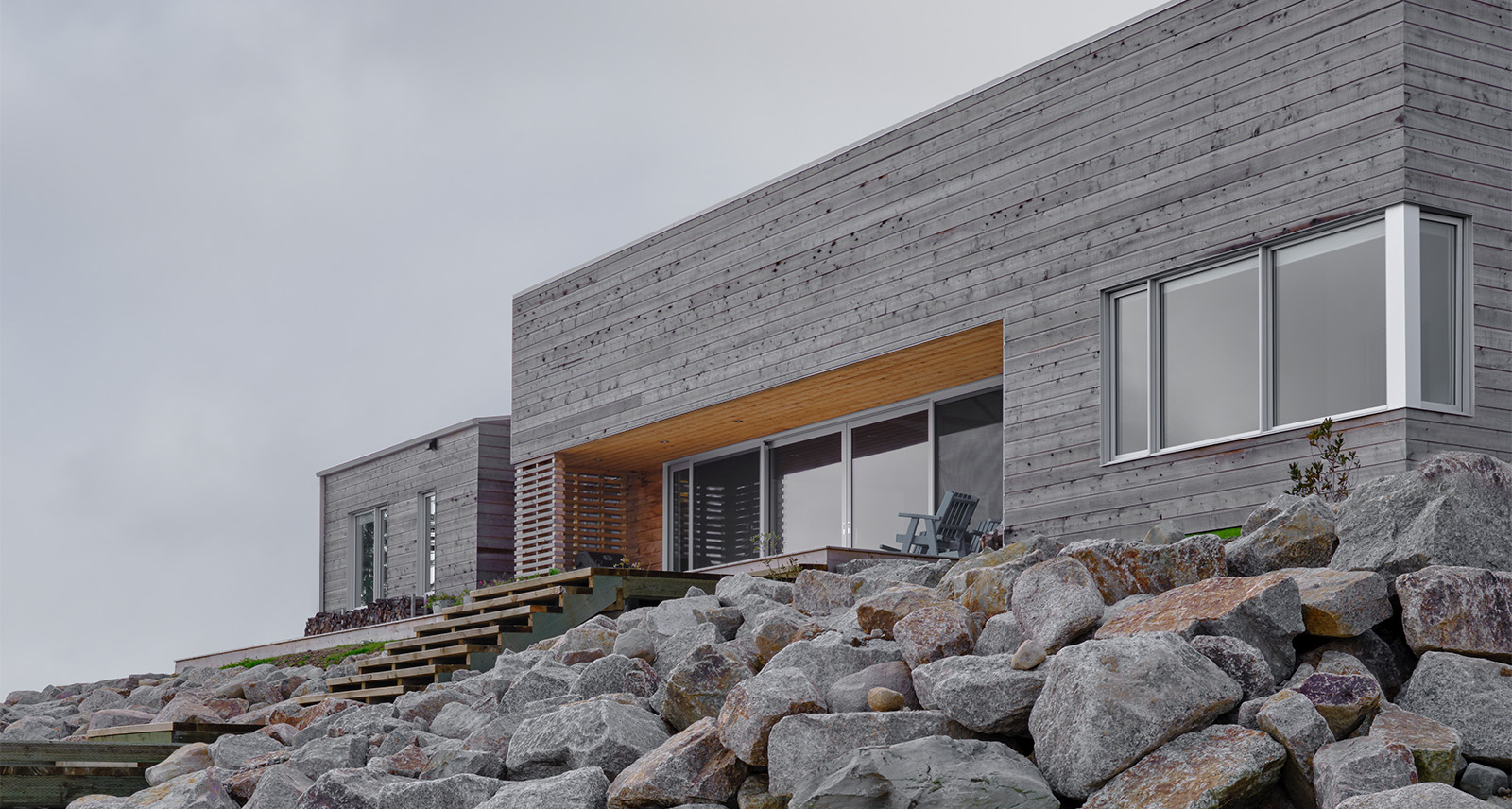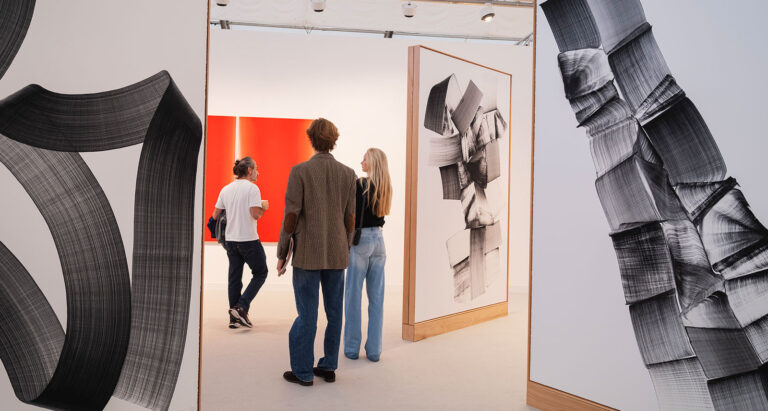Range Rover & SHARP
It’s not enough for architectural design to be beautiful. To be truly inspired, it must also carry purpose. And for Dartmouth, NS-based RHAD Architects, the two concepts are connected so deeply, it’s hard to tell which informs the other. According to the firm, that’s exactly the point. RHAD’s architectural experiences are designed to extend beyond the build.
Founded in 2010, RHAD creates private home design, residential renovations, commercial interiors, multiple-unit apartment developments, public buildings, public art installations and urban gardens. But no matter which project it’s taking on, the process begins by conceptualizing how to design and choreograph an elevated experience through the framework of architecture.
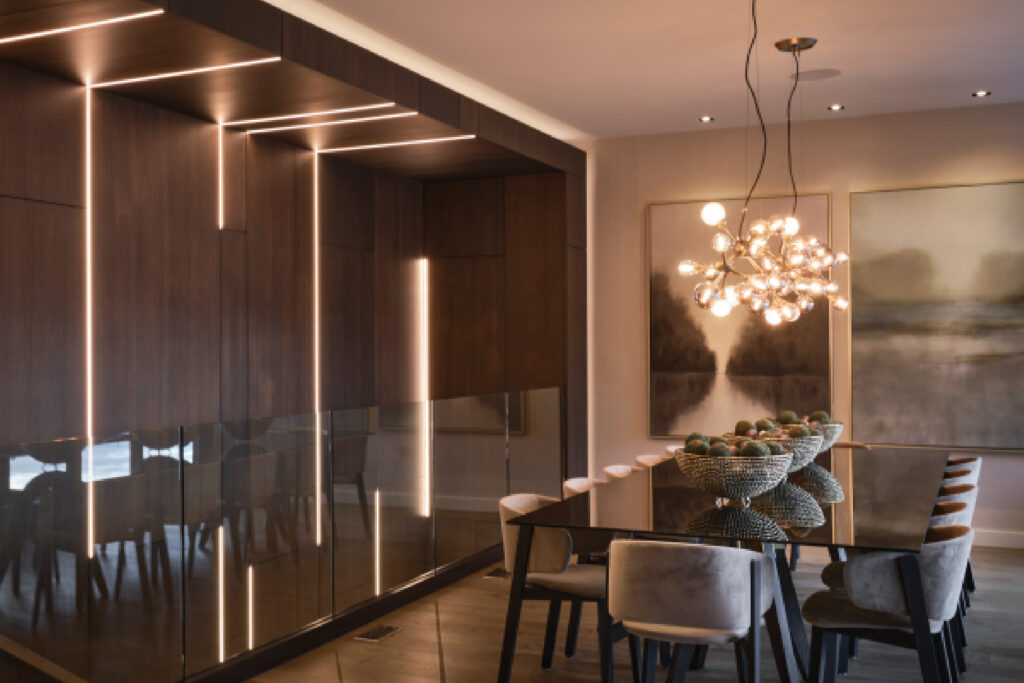
“Shaping an experience using light, sky, landscape, views, interior design and the sequence and pattern in which you experience them is an integral part of our work,” says RHAD’s principal architect Rayleen Hill, adding that the firm pulls inspiration from the building culture and typologies of the area. “We aim to understand the underlying methodologies, and find ways to elevate and modernize these forms and materials to create something new.” This process creates projects that relate to the landscape, urban fabric and culture of the area, while ultimately nudging dialogue forward.
RHAD interprets its position as a conversation starter through its philosophies on sustainability—a more complex topic than some may think when it comes to architecture. “It’s not just about low-energy projects, although that is part of it,” says Hill. “It’s also about how projects can change, contribute to, empower and enhance a community, brand or experience for decades to come.”
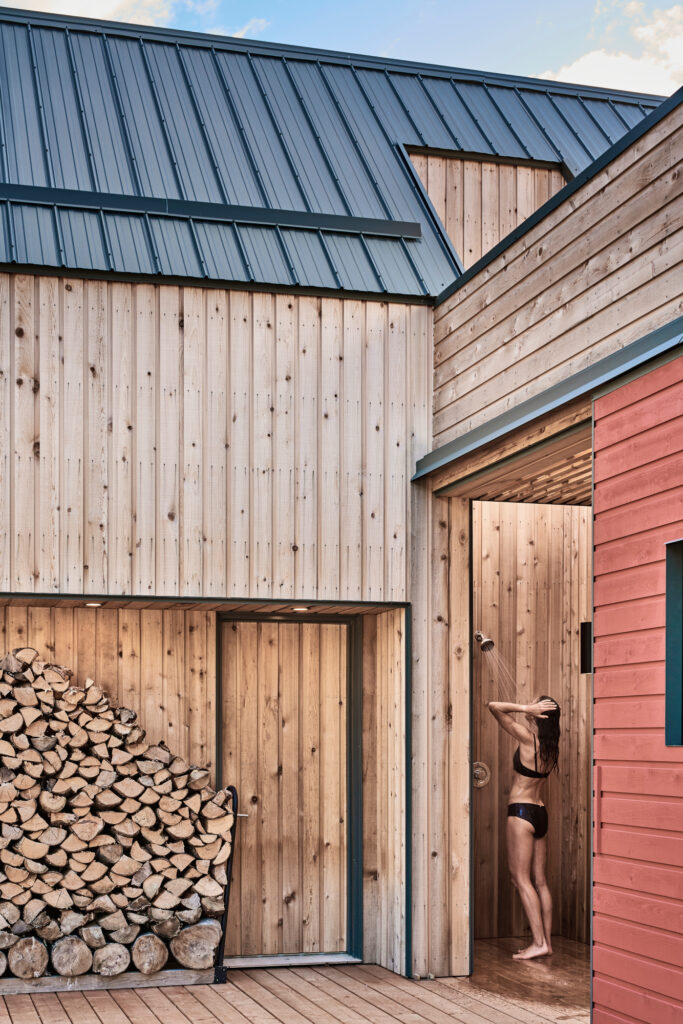

This holistic viewpoint came together in RHAD’s 2023 project for the Kiwanis Grahams Grove Community Building, which Hill describes as a sustainability and community activator. One of the guiding principles in this design was to give back to the land and waterway of Lake Banook, guided by the Mi’kmaq tradition of considering the impact that current actions have on the next seven generations. To accomplish this, the two twin buildings don’t just act as a community hub and public gathering space, but their building materials also make them energy efficient.
Additional factors were included to promote the use of public transportation, limit plastic water bottles and welcome electric vehicles. “We design to enhance moments of interaction with others, and encourage time spent outdoors with more physical activity in our daily routines to create better health outcomes,” says Hill.
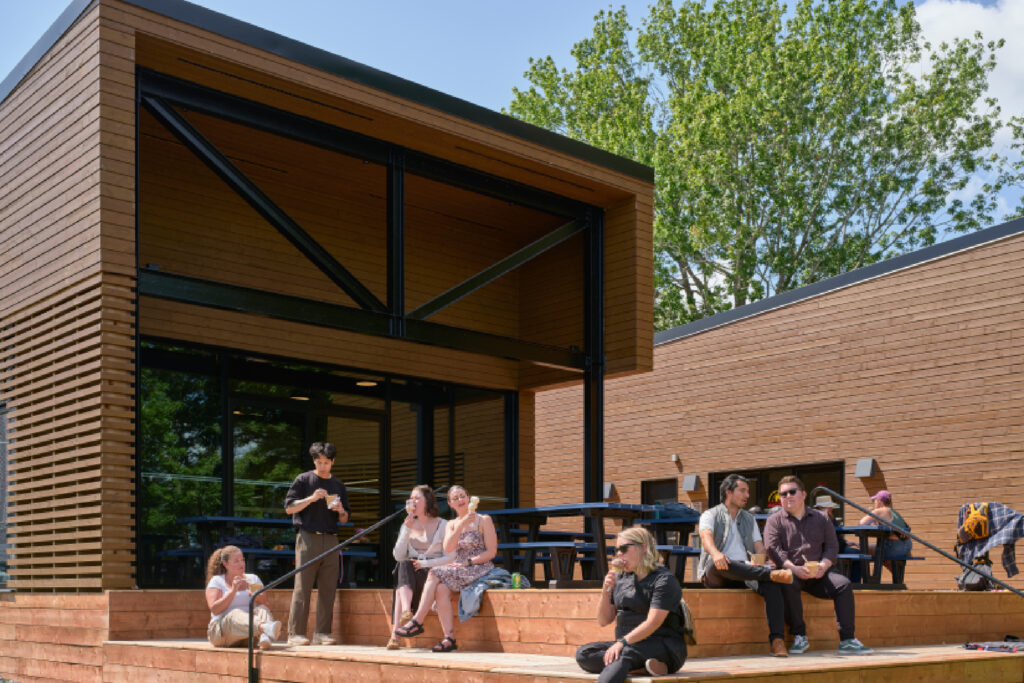
RHAD also draws inspiration from Passive House principles, or houses that can be warmed without mechanical heating sources. “These aspects push the boundaries of energy efficiency and have created many net-zero projects without compromising other aspects of great design that need to be balanced within the formula,” says Hill.
